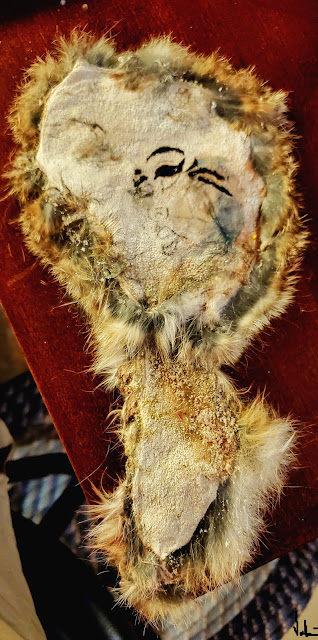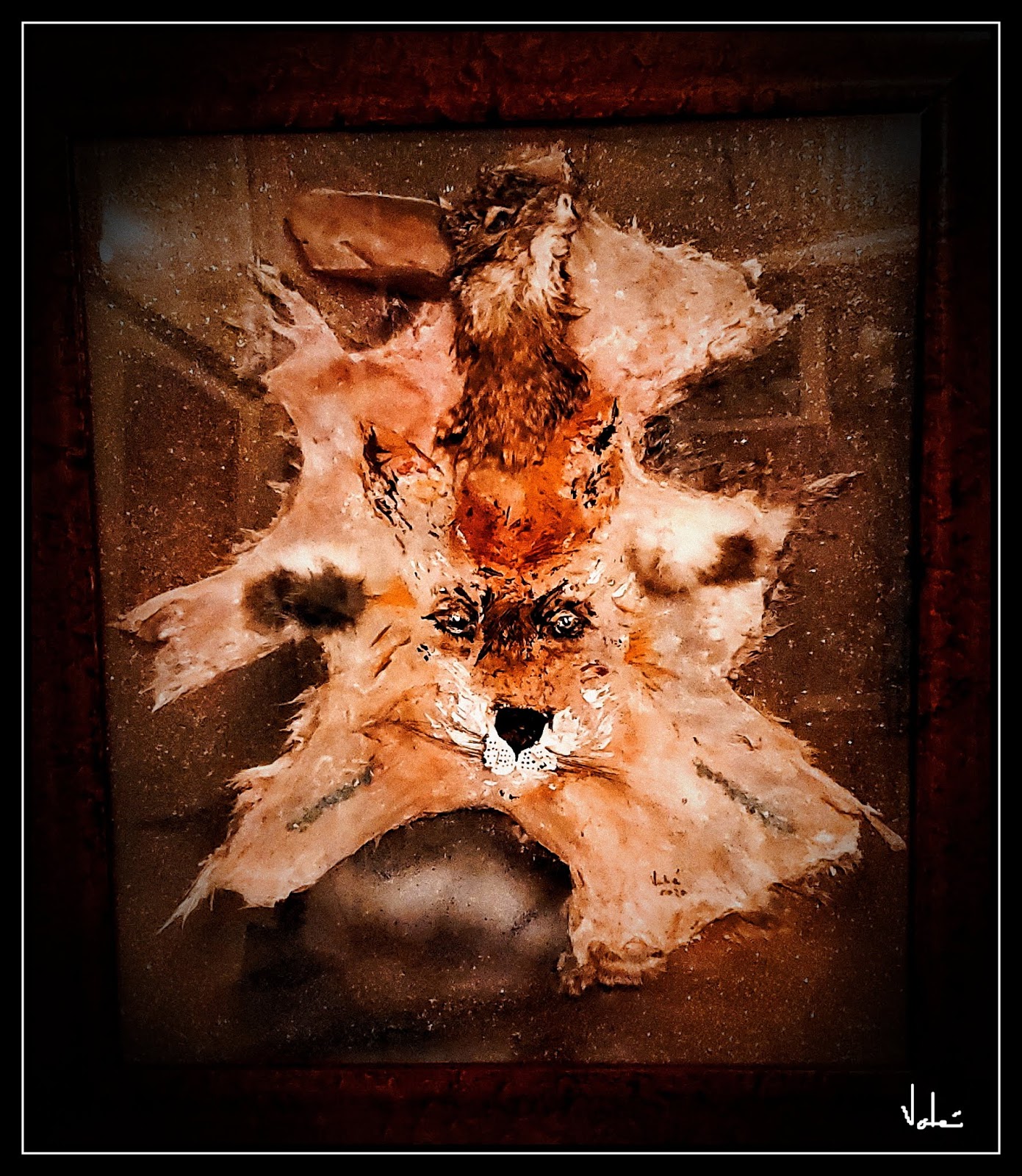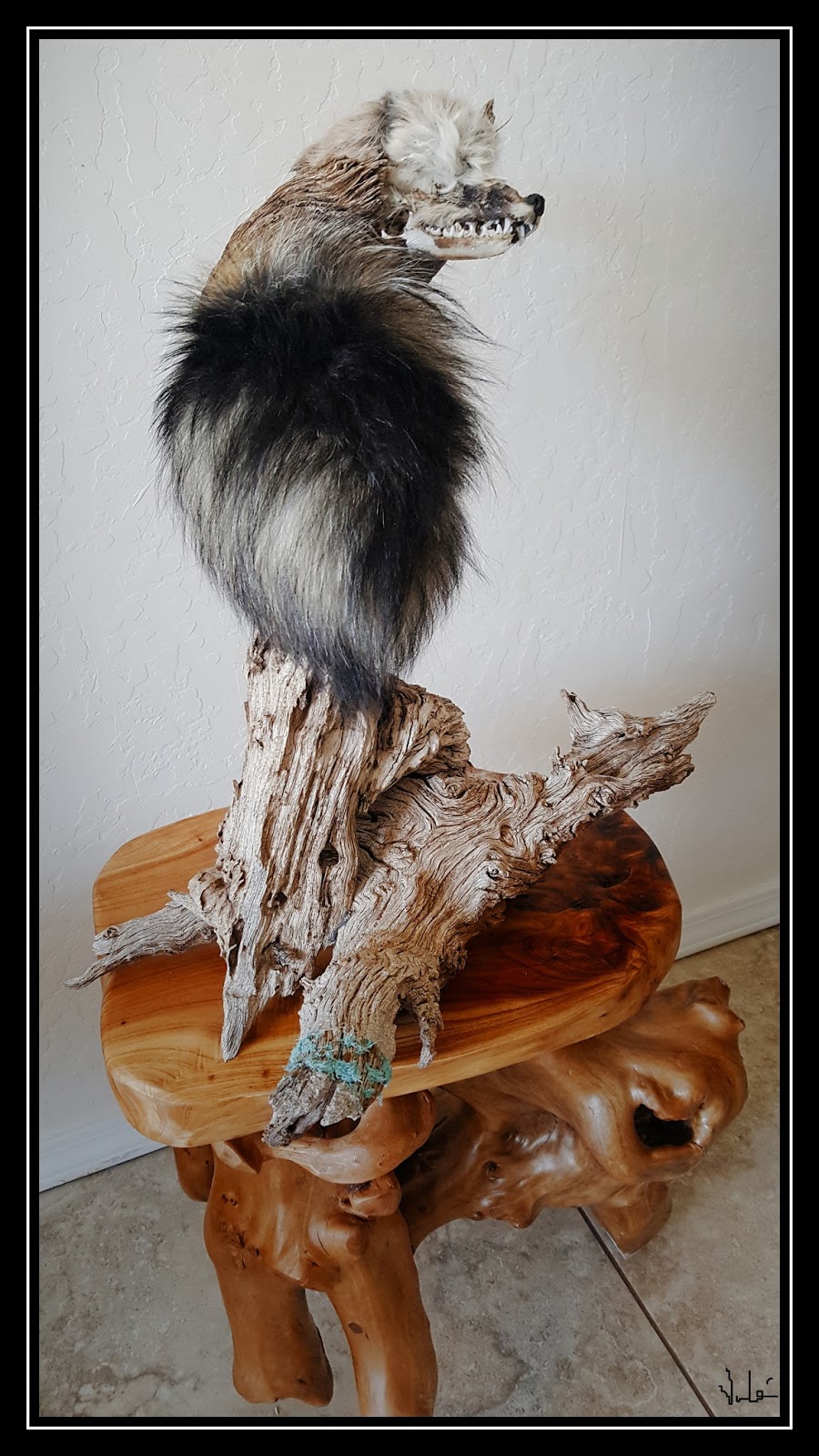What if the Young Peasant in a Peaked Cap Spent the Afternoon With Vincent Van Gogh Drinking Absinthe?
I was in airport for three decades, mostly traveling
for work. While I got used to the long hours of wait and delays, it was never a
pleasant experience. So, I read and wrote, but also developed some routine
habits to make the hours pass faster. One of these habits was to watch people,
something that has always be of interest to me as a street photographer. And,
to add some excitement, I would look at a person while in profile and try to
imagine how he/she would look in portraiture pose. Over the years I developed a
certain intuition and did translate a profile to a full face quite acceptably.
A few days ago I was reading a review of how
epilepsy and substance abuse had influenced Van Gogh’s life outlook and his
paintings. There were a series of his paintings used to show the progression of
his style but also the effect of digitalis and alcohol use/abuse on his physical
health, and consequently on the abstraction/dissociation found in his paintings
over the years. The article had used the self portraits Van Gogh had painted to
medically identify the anatomical, morphological and postural changes that the
painter had captured about himself by looking in a mirror and painting. The
morphological changes could have been to alcohol abuse, especially Absinth and
its psychedelic ingredient Thujone as the oil of Wormwood is one of the key
ingredients of the “Green Fairy”. The effect of thujone is similar to that of methamphetamine;
hence Absinthe is still illegal in many countries. Also in that review, it was
mentioned that Van Gogh was prescribed digitalis, derived from the foxglove
plants’ flowers. Digitalis was commonly used to manage epilepsy, and it was
known to affect users with a yellow tinge to their vision. It is possible that Van
Gogh’s “Sunflowers” and the amber-hue dominant in that painting may point to
the toxic effect of digitalis abuse. Today, another derivative, Digoxin, is
used to treat cardiac conditions, again derived from Foxglove flowers.
… My favorite portrait paintings by Van Gogh are
those of Dutch peasants. They represent an earthy and human testimonial of the
times and most were done early in the artist’s life when he was more factual
and somehow still in the “reality.”
The one portrait that makes me think and feel every time
I see it is the “Head of a Young Peasant in a Peaked Cap”, circa 1885, now at
The Royal Museums of Fine Arts of Belgium, Brussels. The dark painting reflects
the harsh life of the peasant, yet his eyes and expression are full of wonder,
perhaps hope and pride. I experience a different feeling at every viewing –
perhaps reflecting the changes in my own life and attitudes.
Here is a public domain photo of that painting:
So, as I was looking at the portrait, I unexpectedly
wondered how the peasant would look in profile! More, I fantasized how his demeanor and expression would change if he had spent a day or so with Van Gogh sharing a few
bottles of Absinthe…
And, in my own way, I wanted to paint that thought.
I started with penciling the outlines of the
profile. As all my paintings go, I start with a much unstructured goal and let
the moment guide me. Sort of “A la Prima.”
Then I used acrylic, oil and water colour to modify
the morphology of the face while keeping the proportions similar (as much as my
imagination allowed) to the original painting.
I used sections from butterfly wings to
build a peaked cap reflecting the time the young peasant would have spent with
Van Gogh and Absinthe.
The final product is atop the page. I decided not to
frame it so I have a three-dimensional view of the wild rabbit pelt canvas.
I painted this work on the impulse of the moment,
and while a bit silly, I am pleased that Van Gogh’s portrait of the young
peasant gave me yet another unexpected opportunity to interpret his painting.
June 1, 2025
© Vahé A. Kazandjian, 2025







Comments
Post a Comment